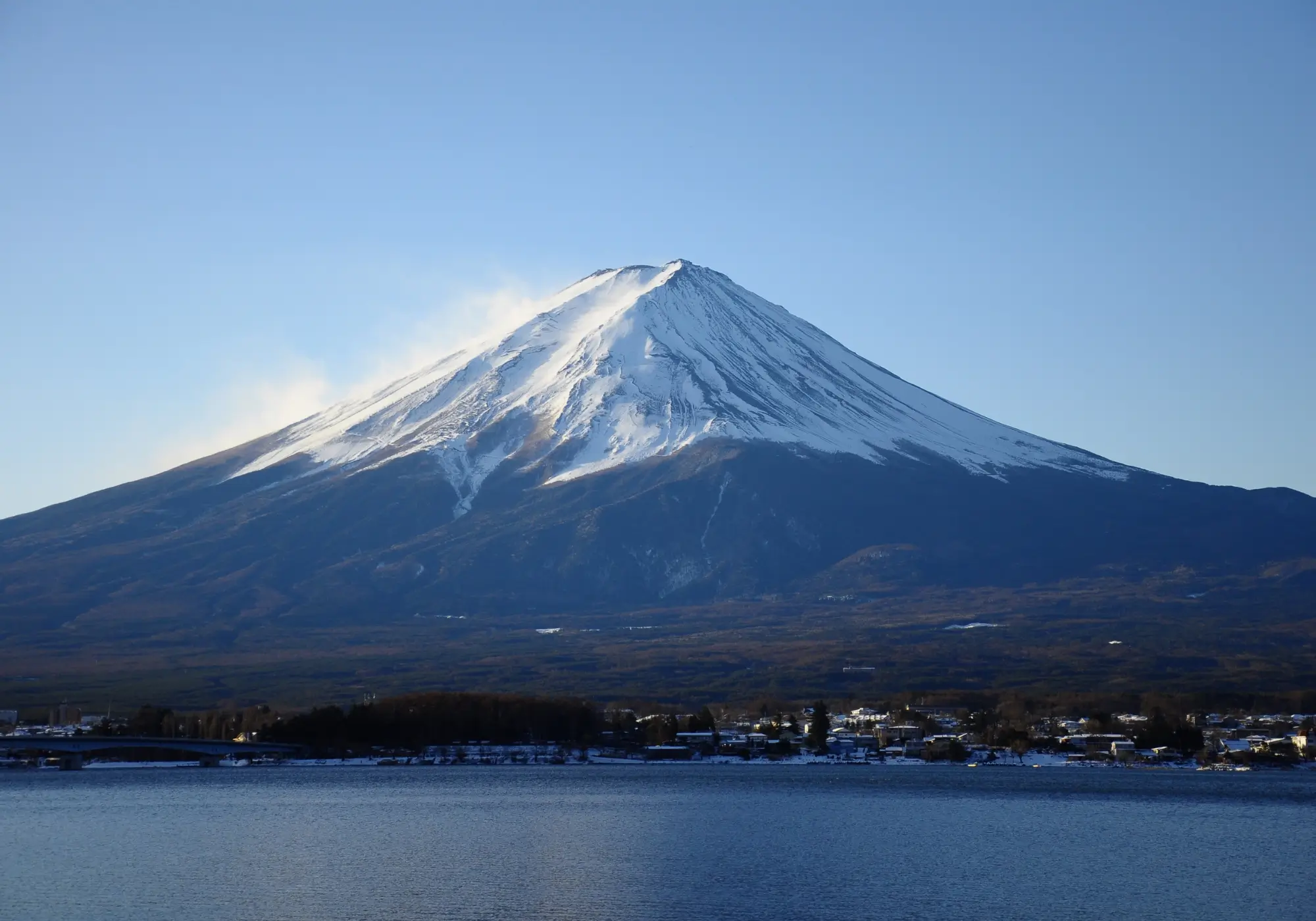Japan travel: Mount Fuji implements entry fee and cap to curb overtourism amid the summer hiking season
Mount Fuji’s summer climbing season began on Monday with new crowd control measures to combat overtourism on the Japanese volcano’s most popular trail.
An entry fee of 2,000 yen ($13) plus an optional donation is being charged for those taking on the Yoshida Trail, and numbers are capped at 4,000 per day.
Online reservations have also been introduced this year by authorities concerned about safety and environmental damage on Japan’s highest mountain.
“I really like the idea because if you respect the mountain, you have to limit the people,” hiker Chetna Joshi told AFP at the trail’s Fifth Station — a busy starting point for hikers that is reachable by car.
The 47-year-old from India compared the crowds seen at Fuji in recent years to the “traffic jam” of climbers at the peak of Mount Everest.
Although windy and drizzly weather on Monday prevented hikers from reaching the summit, Joshi said ascending part way was still a “great experience”.
“I love mountains. I think it is not giving me permission this time, that’s OK. I accept it,” she said.
Record tourist crowds are flocking to Japan post-pandemic, with many wanting to see or scale Mount Fuji.
The mountain is covered in snow most of the year but draws more than 220,000 visitors each July-September climbing period.
Many trudge through the night to see the sunrise from the 3,776-metre (12,388-foot) summit.
Some sleep on the trail or start fires for heat, while others attempt to complete the hike without breaks, becoming sick or injured as a result.
– ‘Crazy adventure’ –
The once-peaceful pilgrimage site has three other main routes that will remain free to climb.
But the Yoshida Trail — accessed from Tokyo relatively easily — is the preferred option for most holidaymakers, with around 60 percent of climbers choosing that route.
Each summer, reports in Japanese media describe tourists climbing Mount Fuji with insufficient mountaineering equipment.
The new measures were introduced “first and foremost to protect lives”, governor Kotaro Nagasaki of Yamanashi prefecture has said.
In a reminder of the dangers, last week four bodies were found near the summit, according to local media reports.
“I personally feel like I’ve over-prepared,” Geoffrey Kula, a climber from the United States, told AFP.
“Having looked at the forecast, being ready to swap out multiple outfits if clothes get wet and things like that. Yeah, it just seems like another crazy adventure.”
– Tourist hotspot –
Monthly visitors to Japan exceeded three million for the first time in March, and then again in April and May.
The tourism chief has deemed the country’s ambitious goal of attracting 60 million foreign tourists well within reach, having last year welcomed more than 25 million.
Mount Fuji is about two hours from central Tokyo by train and can be seen for miles around.
The mountain is a symbol of Japan that has been immortalised in countless artworks, including Hokusai’s “Great Wave”.
But as in other tourist hotspots, such as Venice — which recently launched a trial of entry fees for day visitors — the influx has not been universally welcomed.
In May, a town near Mount Fuji mounted a large barrier at a popular viewing spot for the volcano in an attempt to deter photo-taking by an ever-growing number of tourists.
Residents were fed up with streams of mostly foreign visitors littering, trespassing and breaking traffic rules in their hunt for a photo to share on social media.
Similar woes have befallen the country’s ancient capital of Kyoto, where locals have complained of tourists harassing the city’s famed geisha.
